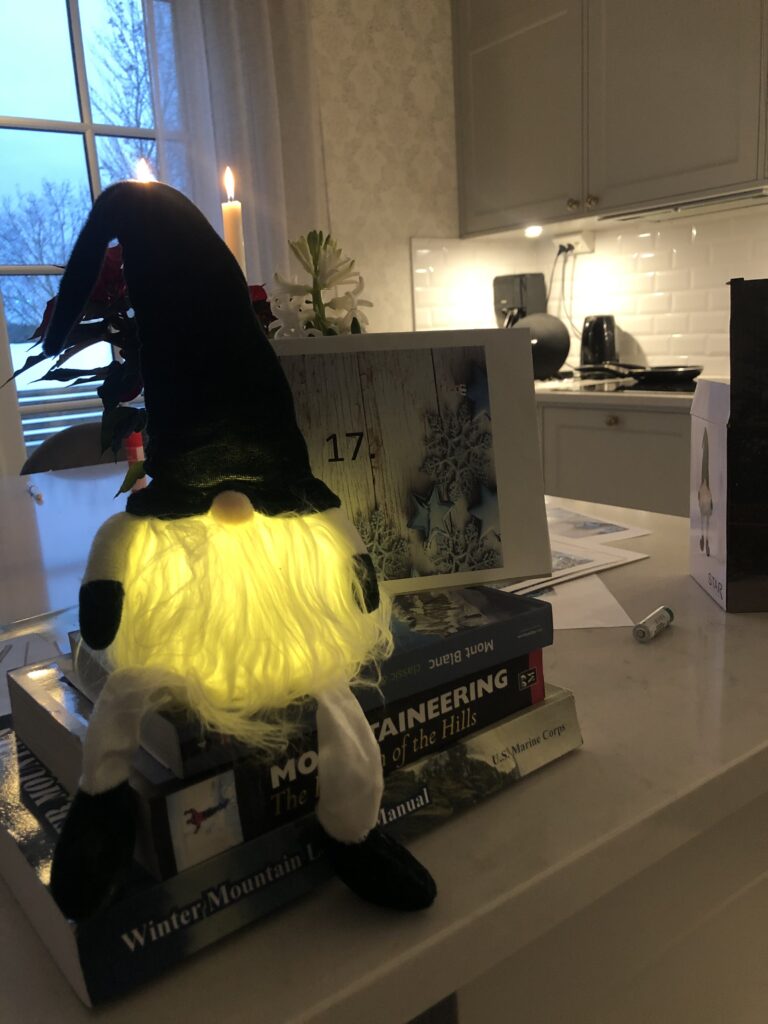
Today it will be abut ice. Due to the environment changes due to the global heating this will be a topic which will get more important. The first thing to understand about ice is that its strength varies. It will not be good enough to its thickness just were you starts the passing. The ice will not be the same everywhere…there will be local weaknesses in the ice. Even if the ice will be strong for long parties, a small weakened area is enough to risk going through the ice. Some weaknesses are clearly visible. Certain weaknesses can be predicted with the help of knowledge and experience where they may occur. Other weaknesses may appear more surprisingly. Regardless of experience, we get therefore never ignore the risk of ending up in the water. We must be able to handle a flurry if that happens. Local weaknesses in stable ice have the advantage of having safe ice nearby to retreat to. Even weak ice is more dangerous.
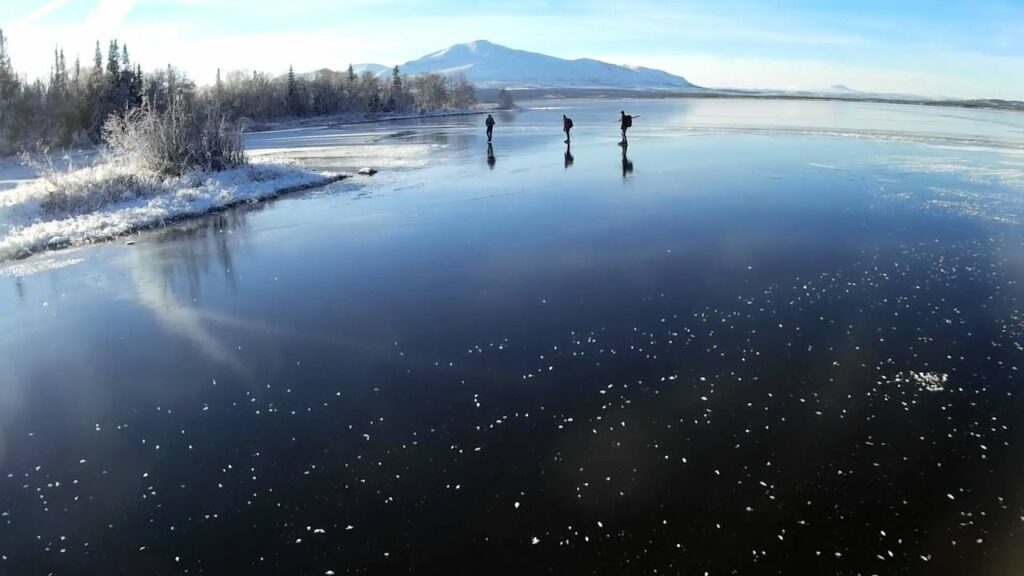
The ice changes over time, sometimes for the better, sometimes for the worse. Deteriorations can sometimes happen quickly during the day, e.g. by a storm breaking up, or the ice being broken up by waves and wind. Spring ice can quickly lose strength. It is important to remember that all information about ice is always shall be fresh produce(ex. from the locals) and that conditions can change quickly. It is important to always make your own assessment of the ice in place. The ice can be weakened even in cold weather condition; Where the water is flowing, under the snow and where it occurs wind and waves. The ice can also grow or becoming stable even if its plus degrees; out of good radiation in clear weather, of a dry wind.
Factors affecting the growing of ice. For ice to form and grow, the surface must be cooled. Cold air cools water and ice. Radiation, i.e. heat radiation into space, is another cooling factor. Evaporation is a third cooling factor. In order for the ice to settle, the water surface must be still, there must be no wind. But without wind comes the air closest to the surface to be heated and become moist and the cooling effect of cold air and evaporation decreases. Only radiation is left as a cooling factor. For icing it is therefore often more important with clear weather than with severe cold. Once the ice settles, cold weather and wind may increase ice growth. Ice formation is negatively affected by heat. Heat supply from the water takes place mainly where there is a current. Solar radiation, but also counter-radiation from clouds and objects, can also reduce ice growth. These factors often vary across the ice surface, which is a common explanation for local weaknesses in the ice.
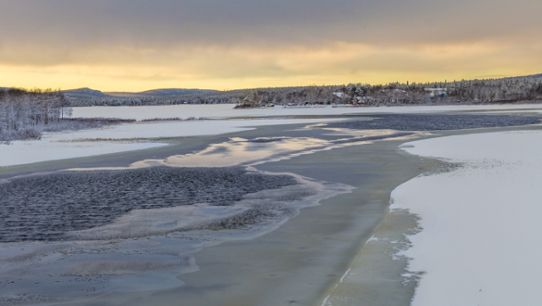
Typical weakness in the ice will be, where the water flows, counter-radiation (heat radiation from clouds, bridges or other objects over the ice) insulating snow, uneven icing when the ice has settled in batches (where later laid ice is often weaker) mechanical impact (crashes, chutes, swings and ice drift).
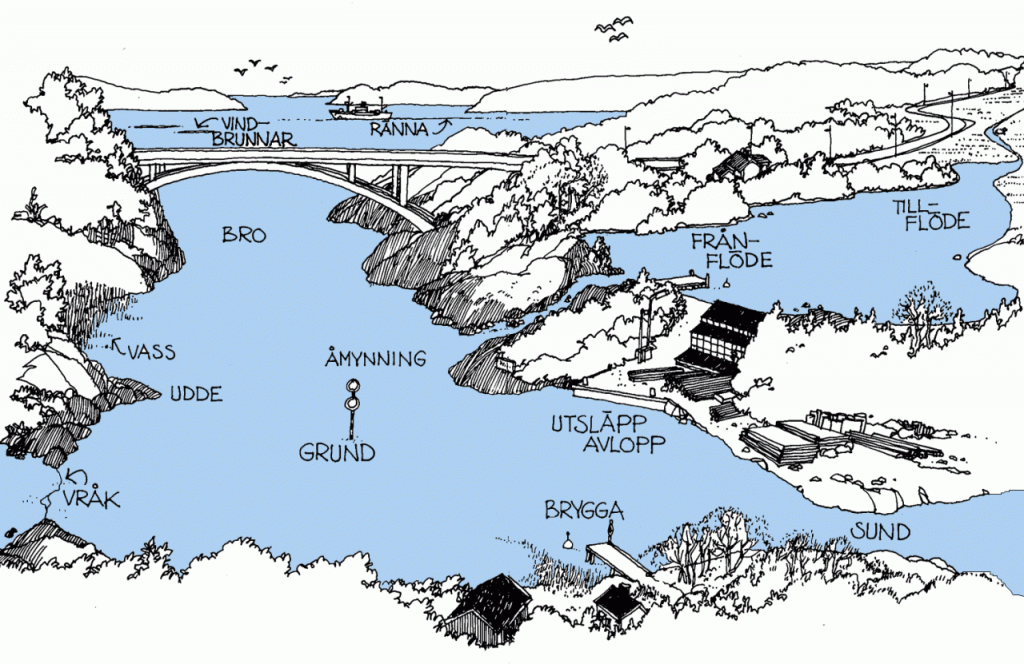
Snow on the ice makes the ice more difficult to judge because the snow hides weakness, dampens the noise from the ice, hides obstacles (cracks etc.) Snow insulates and prevents cooling. If the snow cover is uneven, the risk of weak ice is greater where the snow is thicker. Under snow patches, the ice can be weak. Wind wells and other weaknesses can be difficult to spot under snow. Snow-covered new ice is therefore risky. On thick ice, snow can hide cracks and irregularities that can cause falls. Hard snow drifts constitute a fall hazard.
While skiing or snowshoeing in the Swedish mountains today might need to take a extra focus in safety planning. And you might to bring ice spikes or teach how poles can be used as ice spikes if its needs. But crossing a lake, creek or river during winter season will for sure need thoughtfulness…
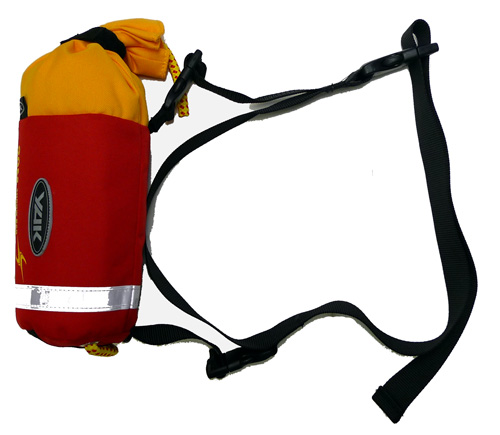
Stephen Sanchez – Until I Found You (Lyrics) – YouTube
See ya later today:-)
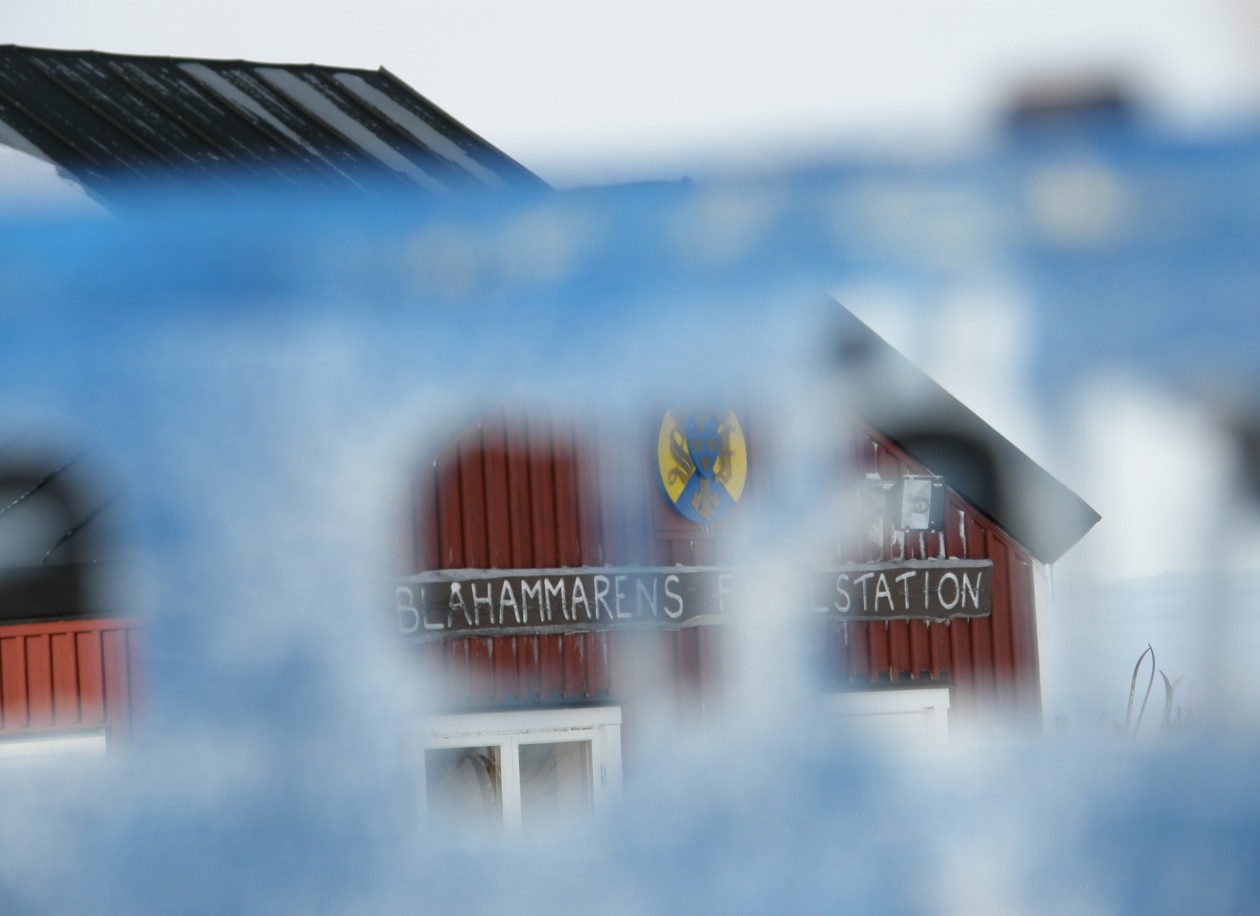
This is important information Bergman. The ice is in generall more dangerous than avalanches because more people move in lake and river terrain than in steep mountain sides.
You can maybe ad a map picture showing the common dangerous areas in a lake?
And done:-)….
Great Bergman. Keep a distance to these areas